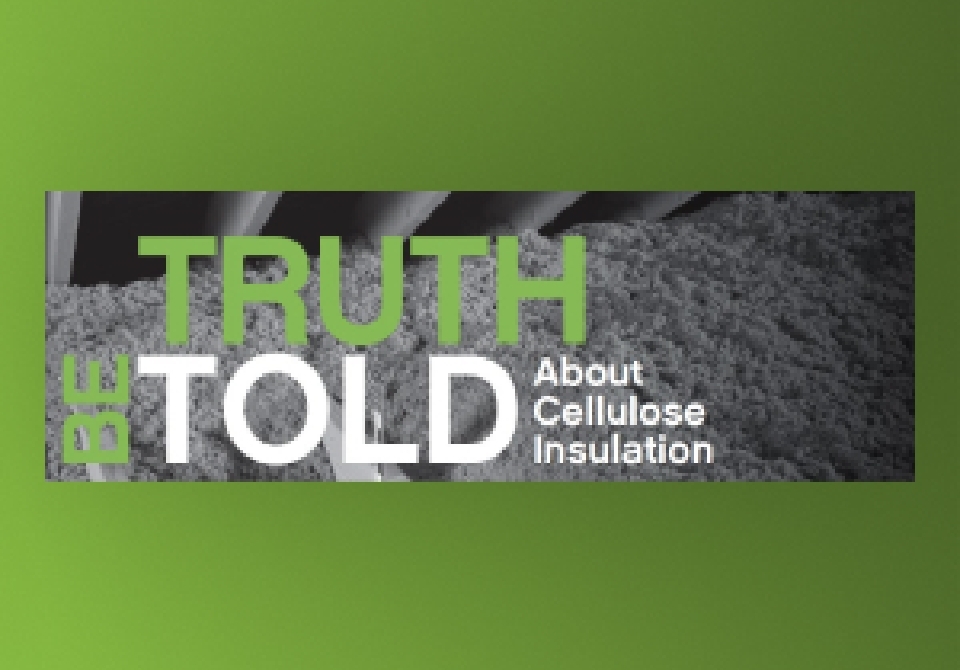Many homeowners wonder if house insulation is flammable. It’s an important question to ask, as the safety of your home and family is paramount. In this article, we will explore the flammability of different types of house insulation and provide you with insights to make an informed decision.
Insulation is a material used to reduce heat transfer between the inside and outside of your home. It helps to maintain a comfortable temperature and decrease energy consumption. While insulation is primarily designed to resist heat flow, some types of insulation are more resistant to fire than others.
Types of House Insulation
There are various types of insulation used in houses, including:
- Batt insulation
- Blown-in insulation
- Spray foam insulation
- Rigid foam insulation
- Cellulose insulation

Credit: www.facebook.com
Flammability of Different Types of Insulation
Now, let’s examine the flammability of each type of insulation:
1. Batt Insulation
Batt insulation is made from mineral wool, fiberglass, or cotton. It is known for its high resistance to fire. While it is not completely fireproof, it is considered to be a safe option as it does not easily catch fire or spread flames.
2. Blown-in Insulation
Blown-in insulation, also known as loose-fill insulation, is typically made from cellulose or fiberglass. Both materials undergo a fire-retardant treatment during manufacturing. This treatment helps to reduce the flammability of the insulation and slow down the spread of flames in case of a fire.
3. Spray Foam Insulation
Spray foam insulation is made from two liquid components that combine and expand to fill the cavities. It forms a tight seal, providing excellent insulation properties. However, some types of spray foam insulation can be flammable. It is crucial to check the specific product’s flammability rating before installation.
4. Rigid Foam Insulation
Rigid foam insulation is a popular choice for insulating walls, roofs, and basements. It is made from polystyrene, polyurethane, or polyisocyanurate. While rigid foam insulation may contain flammable materials, it is typically treated with fire-resistant chemicals to improve its fire performance.
5. Cellulose Insulation
Cellulose insulation is made from recycled newspapers and treated with fire-retardant chemicals. It has good fire resistance properties. However, it is essential to ensure proper installation to minimize any potential fire hazards.

Credit: www.greenfiber.com
Important Safety Factors
While most types of insulation have fire-resistant properties, it is crucial to consider other safety factors related to fires in your home:
- Ensure that your home has working smoke detectors in every room and on every floor.
- Regularly check and maintain your electrical wiring to prevent any fire hazards.
- Do not overload electrical outlets or use frayed electrical cords.
- Keep flammable materials away from heat sources.
Frequently Asked Questions On Is House Insulation Flammable: Debunking The Myth And Ensuring Safety
Is House Insulation Flammable?
House insulation is typically made of materials that are non-combustible or have low flammability, making it safe from catching fire.
What Are The Types Of Insulation?
There are various types of insulation, including fiberglass, cellulose, spray foam, and mineral wool, all with different properties and installation methods.
How Does Insulation Prevent Fire?
Insulation acts as a barrier, helping to slow down the spread of fire by reducing the amount of oxygen available and resisting the transfer of heat.
Can Insulation Increase The Risk Of Fire?
Properly installed and fire-rated insulation does not increase the risk of fire; in fact, it can enhance the fire safety of a building.
Conclusion
In conclusion, the majority of house insulation types are designed with fire safety in mind. Batt insulation, blown-in insulation, and cellulose insulation are generally considered to be fire-resistant. However, it is crucial to be aware of the specific characteristics of the insulation you choose.
Always make sure to follow the manufacturer’s instructions for proper installation and maintenance of insulation in your home. Additionally, take the necessary precautions to prevent fire hazards and regularly check the safety measures in your home.
By being informed and taking proper safety measures, you can ensure that your house insulation is both effective in providing thermal comfort and safe for your home.
